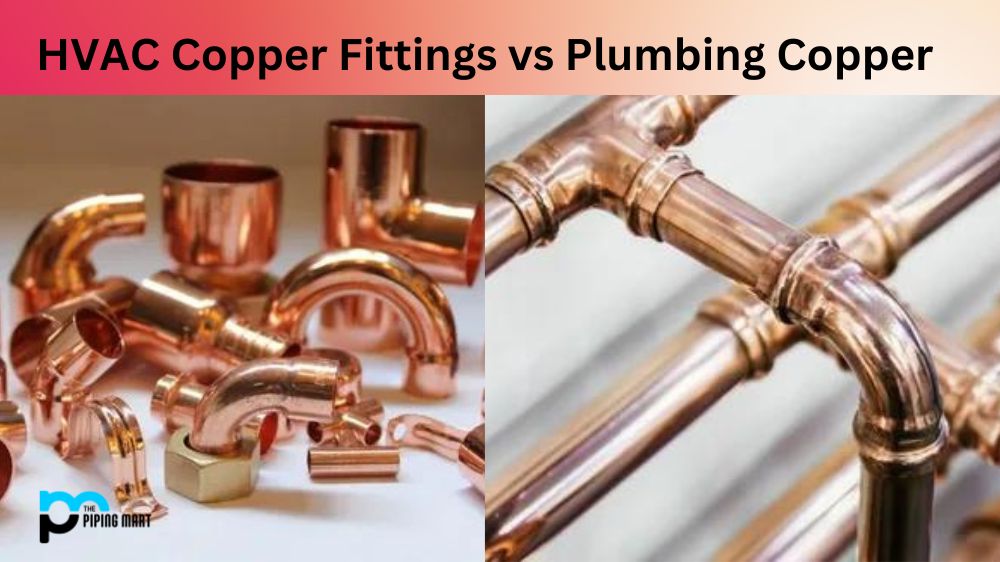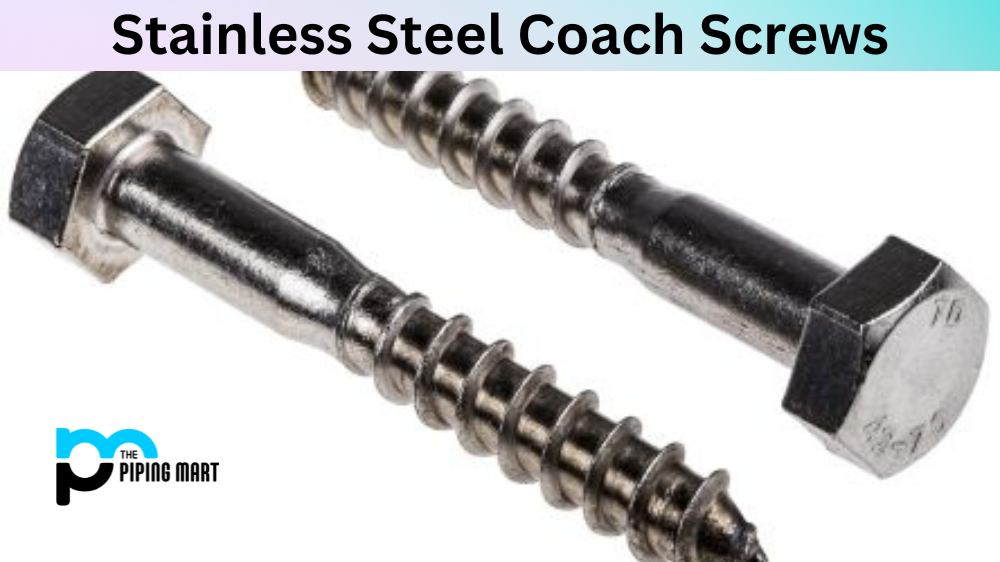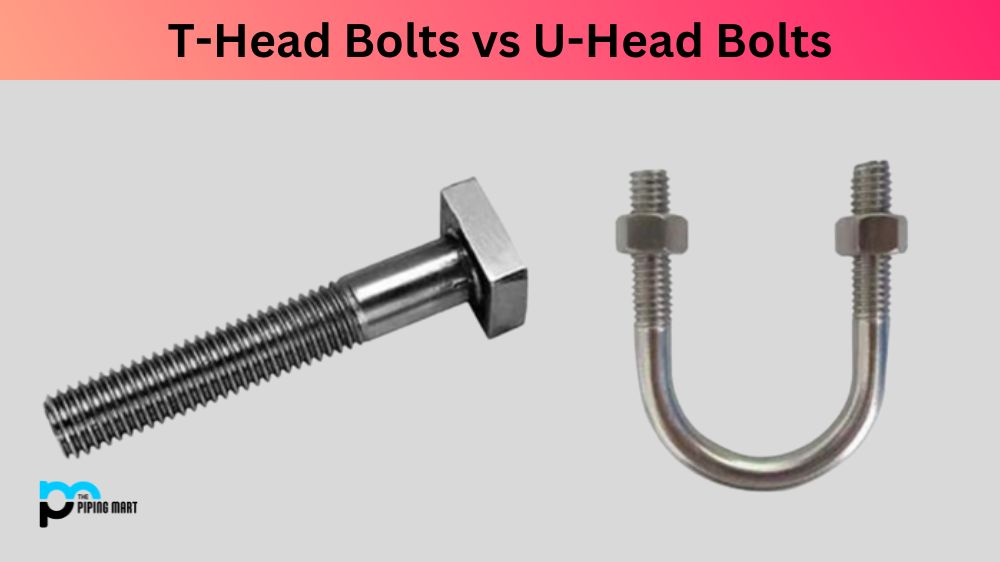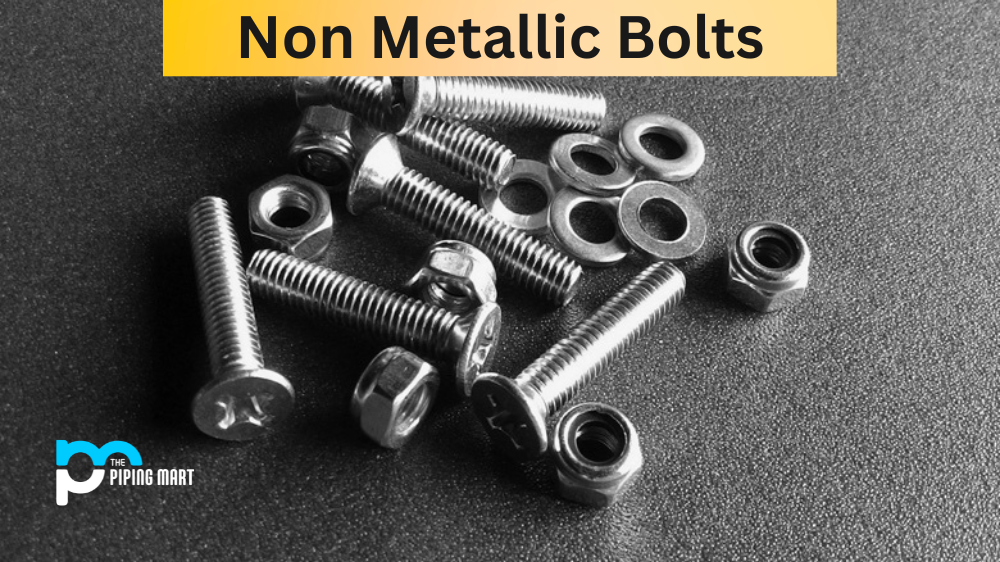Copper fittings are essential for various piping applications and come in different shapes and sizes. Copper fittings are often used in plumbing and HVAC systems. However, one may assume that all copper fittings are the same. But that’s not the case. Different types of copper fittings are designed for specific applications, and HVAC copper fittings and plumbing copper fittings vary in many essential ways. This article will delve into the differences between HVAC copper fittings and plumbing copper fittings.
What is HVAC Copper Fittings?
HVAC copper fittings are essential for air conditioning, heating, and ventilation systems. They serve as connectors for pipes that carry the refrigerant fluid throughout the system, ensuring condensation is regulated, and temperature is maintained across multiple rooms or buildings. Copper fittings are known for their strength, corrosion resistance, ductility and ease of installation. Additionally, they are environmentally friendly due to their recyclability compared to other materials such as plastic or metal.
What is Plumbing Copper?
Plumbing copper is a metal used for residential and commercial water supply lines, drainage systems, and other plumbing applications. It’s strong, durable, corrosion-resistant and an excellent conductor of heat. Copper is also easily joined with soldering to any pipe or fitting, making it the top choice for many professional plumbers.
Difference Between HVAC Copper Fittings and Plumbing Copper
Material Composition
The primary difference between HVAC copper fittings and plumbing copper fittings lies in their material composition. Plumbing copper fittings are Type M, L, or K copper, while HVAC copper fittings are made of phosphorus-deoxidized copper (C12200) with lower lead content. Therefore, HVAC copper fittings are better for drinking water projects, while plumbing copper is ideal for hydronic and HVAC systems.
Size and Shape
Another notable difference between HVAC and plumbing copper fittings is their shape and size. HVAC systems often involve more substantial ducts; larger pipes need larger copper fittings. HVAC copper fittings are typically larger than plumbing fittings. Plumbing fittings are typically in sizes ¼” to 2”, while HVAC can come in 1/4” to 4” depending on the system.
Specialty Fittings
HVAC copper fittings are designed to meet specific air conditioning and heating system needs. Specialty HVAC fittings included refrigeration elbows, adapter fittings, and suction line fittings. On the other hand, plumbing fittings are designed for water applications and may include pieces like compression fittings and piping elbows.
Applications
HVAC copper fittings are used for refrigerant lines, air handling units, and hot gas piping, among other HVAC applications, whereas plumbing copper fittings are used for water supply lines, sinks, tubs, water heaters, and other plumbing applications. Under no circumstance should one type replace the other due to differences in composition, shape, and sizes of the fittings.
Durability
HVAC and plumbing fittings are known for their durability, corrosion resistance, and good health benefits. However, plumbing copper fittings are slightly more resistant to wear and tear, which is why they are the better option for extended exposure to water.
Conclusion:
In conclusion, knowing the difference between HVAC copper fittings and plumbing copper fittings is crucial when undertaking any piping project. Different projects require different types of copper fittings. Plumbing copper may be the best option for those undertaking plumbing projects, but HVAC copper fittings are the best bet if you’re working on an HVAC system. The two should never be used interchangeably due to size and shape differences. Be sure to consult a professional for recommendations if you need help determining which type of copper fitting is best for your project.

Hey, I’m Krutik, a casual blogger expert in the metal industry. I am passionate about providing valuable information to my readers. With a background in engineering and construction, I like playing Cricket & watching Netflix shows in my free time. Thank you for visiting my blog, and I hope you find my information helpful!




